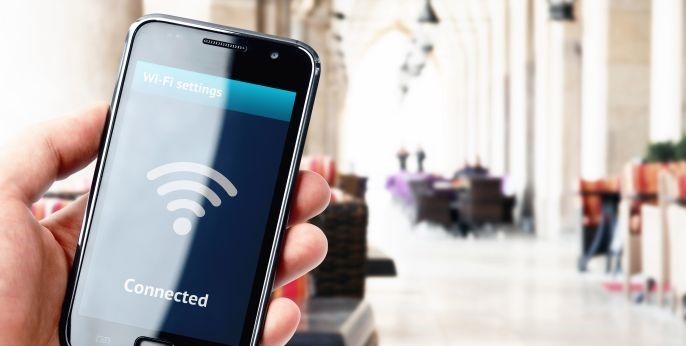
Wi-Fi Security Essentials
Lots of people have set up wireless networks in their homes. And it makes a lot of sense to do that, because Wi-Fi gives them a lot of freedom. Nevertheless, a report from data-alliance.net states that more hackers than ever exploit public Wi-Fi, with the goal of collecting and profiting from the users' data. Here's what you need to do to keep your home network secure.

Turn off Wi-Fi when you aren't at home. Most wardrivers use laptops that are coupled with a strong wireless adapter and a high-gain antenna to scan for networks that are either open or very easy to break into, because they utilize outdated security protocols.
Choose the best router position. If you place the device in the middle of the house, it should provide enough signal to cover all the rooms. Additionally, it won't radiate too much Wi-Fi signal outside, where it can be intercepted by wardrivers and other hackers.
Change the default home network name. Most router manufacturers will create default SSIDs (Service Set Identifiers, a fancy name for network names) which incorporate their companies' names. So, if you have purchased a router from TP-Link, for example, the default network name will look like this: TP-LINK_XYZQ, with the last four characters being some random numbers.
This makes the hackers' job much easier, of course; all they need to do is to google "default TP-Link passwords", and they'll be able to log into other people's routers right away. Therefore, you should always change the default name of your wireless network. To do that, log into your router's admin panel, open the "Wi-Fi" section, and then choose a random name that doesn't attract any attention. Don't use network names such as "my impenetrable network", though, because you don't want to provoke cyber criminals.
Choose a strong Wi-Fi password and change it regularly; do the same thing for the username. We recommend passwords of 20 characters or more to our clients; each pass should use a weird-looking combination of symbols, letters and numbers.
Utilize the strongest wireless signal encryption method. The WEP security protocol can be broken in only a few minutes using modern hardware and software, while WPA and WPA2 can take longer, but are vulnerable as well. Fortunately, WPA3 will arrive soon, and it will come with lots of security features that are supposed to make the hackers' lives harder.
Turn off Dynamic Host Configuration Protocol (DHCP), which assigns an IP address to each new network client automatically. By assigning static IP addresses manually for each new device, you will boost the security of your wireless network.
Disable your router's remote access. It may be a handy feature for people who want to access and configure their devices even when they are away, but it introduces way too many security risks. You will find this feature in the "Remote administration" section of your router, so be sure to disable it.
All your work is useless if you haven't changed your router's password; there are lots of lists (called "dictionaries") which include all the default passwords, as well as the most common ones. Easy to use brute-force tools load those dictionaries, and then try to break into your system by using all those passwords, one at a time.
Don't forget to keep your router and devices updated. If you have picked a good router, its manufacturers will release firmware updates regularly, fixing various security issues. You should do the same thing for the operating systems and all the installed applications, of course.